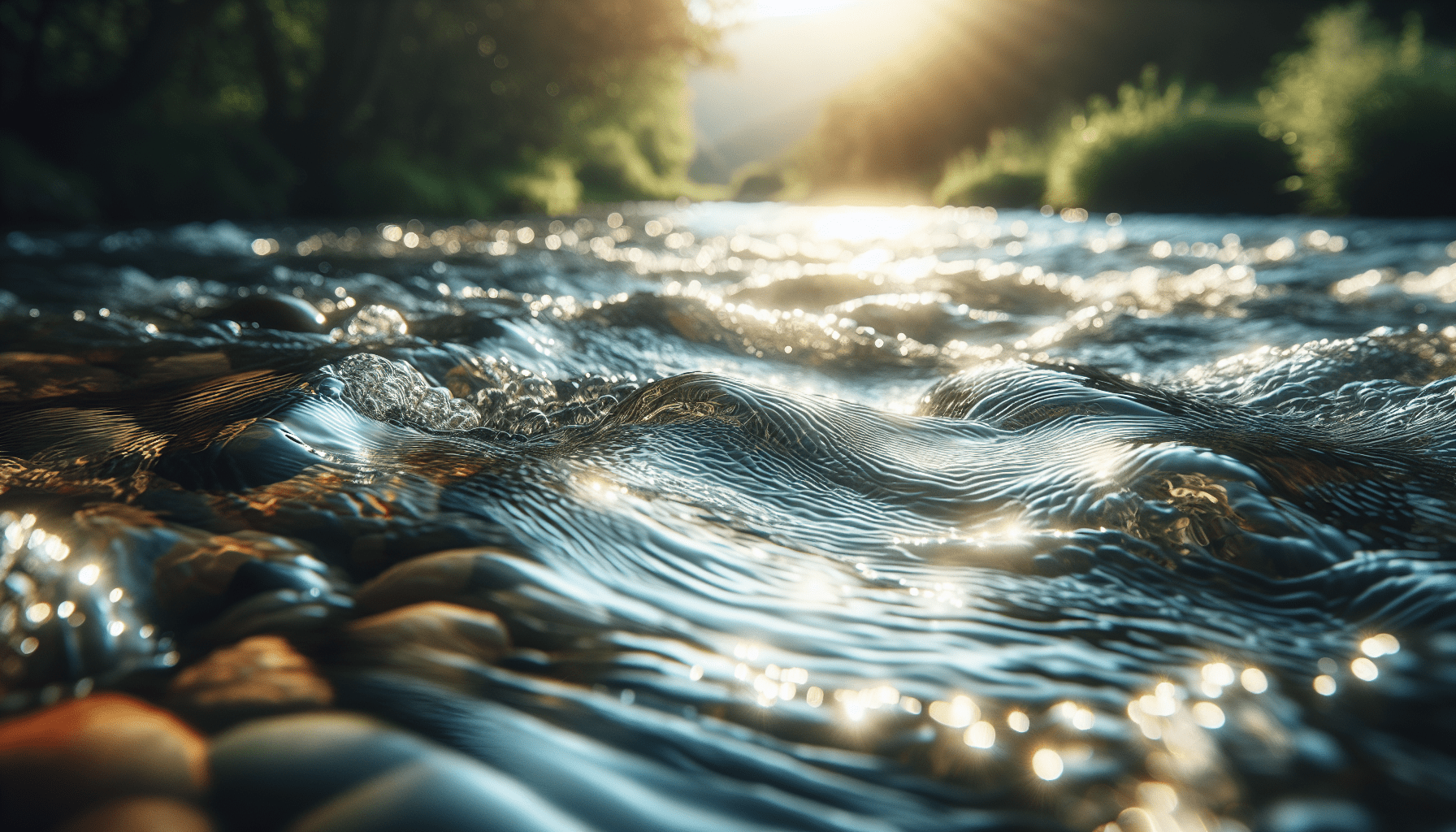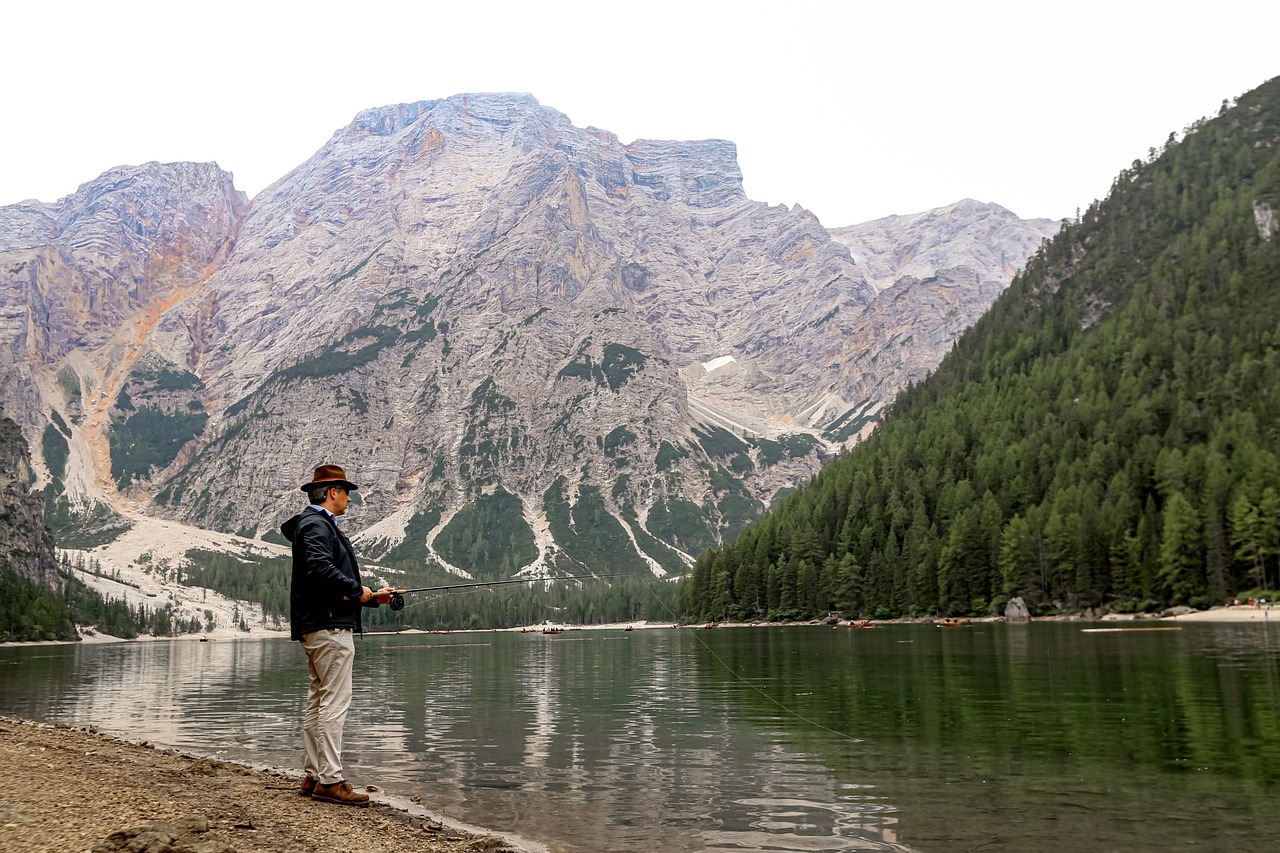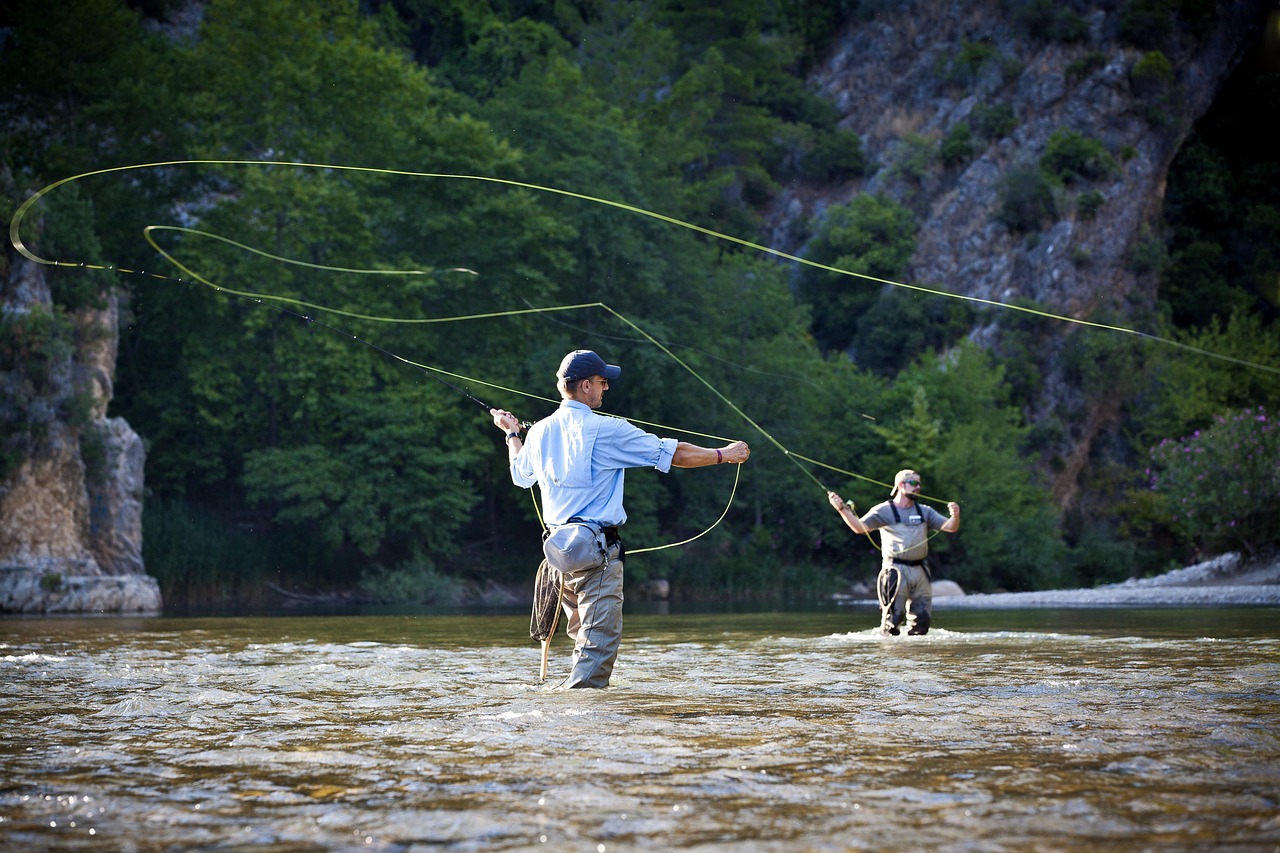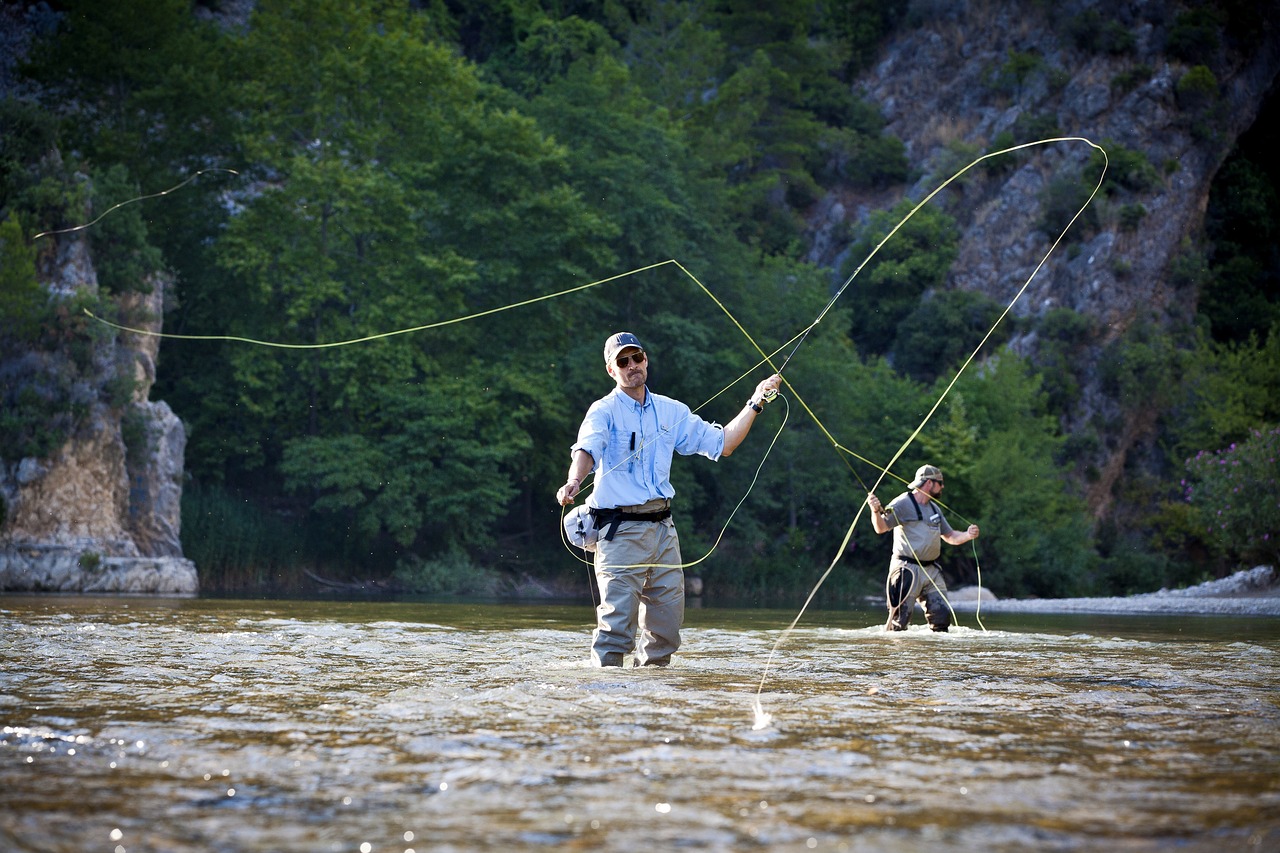
What Is A Riffle In Fly Fishing?
What exactly is a riffle when it comes to fly fishing? If you’re new to the sport, you may have heard the term but aren’t quite sure what it means. In this article, we will break down what a riffle is, why it’s important in fly fishing, and how you can effectively fish in a riffle to catch more fish.
Understanding Riffles in Fly Fishing
A riffle is a section of a river or stream where the water is rapid and shallow, creating a series of small waves or ripples on the surface. These areas are usually found in the upper reaches of a river, where the water flows faster over rocks and gravel. Riffles are important in fly fishing because they provide oxygen-rich water and food sources for fish.
Characteristics of a Riffle
Riffles can be identified by certain characteristics that set them apart from other parts of a river. These characteristics include:
- Fast, turbulent water: Riffles typically have faster-moving water than other sections of a river, creating a riffled surface.
- Shallow depth: Riffles are shallower than other parts of the river, with water depths ranging from a few inches to a couple of feet.
- Substrate: Riffles are often rocky or gravelly, which creates the turbulence in the water as it flows over and around the rocks.
- Oxygenation: The fast-moving water in a riffle helps oxygenate the water, making it an ideal habitat for fish.
Understanding these characteristics can help you identify riffles when you’re out on the water, allowing you to target these areas for fishing.
Importance of Riffles in Fly Fishing
Riffles play a crucial role in fly fishing for several reasons. Firstly, riffles are prime feeding grounds for fish, as the fast-moving water brings food downstream for them to feed on. Insects, baitfish, and other food sources are often found in abundance in riffles, making them attractive to fish.
Additionally, riffles provide cover and protection for fish. The turbulent water and rocks create pockets and seams where fish can hide from predators and conserve energy. This makes riffles ideal spots for anglers to target when looking for fish.

Fishing in a Riffle
Now that you understand what a riffle is and why it’s important in fly fishing, let’s discuss how you can effectively fish in a riffle to improve your catch rate.
Gear for Riffle Fishing
When fishing in a riffle, it’s important to use the right gear to maximize your success. Here are some essential pieces of equipment you’ll need:
- Fly rod: A 9-foot, 5-6 weight fly rod is ideal for fishing in riffles, as it provides the power and accuracy needed to cast in fast-moving water.
- Fly reel: Match your rod with an appropriate fly reel that can handle the drag and retrieve needed for fishing in riffles.
- Floating fly line: A weight-forward floating fly line is recommended for fishing in riffles, as it allows you to present your fly effectively in the swift currents.
- Leader and tippet: Use a 9-foot tapered leader with a 4-6x tippet to ensure a natural drift and presentation of your fly to fish in riffles.
- Flies: Small dry flies, nymphs, and emergers are effective patterns to use in riffles, imitating the insects and food sources found in these areas.
By using the right gear, you can improve your chances of success when fishing in a riffle.
Techniques for Riffle Fishing
Fishing in a riffle requires a different approach than fishing in other parts of a river. Here are some techniques you can use to effectively fish in a riffle:
- Upstream cast: Cast your fly upstream of the riffle and allow it to drift naturally down through the riffle, imitating the natural flow of food in the water.
- Mend your line: Use mend techniques to control the drift of your fly and prevent drag, ensuring a natural presentation to fish in the riffle.
- High stick nymphing: Use a high stick nymphing technique to keep your fly close to the bottom in fast-moving water, where fish are likely to be feeding.
- Swing your fly: In slower sections of a riffle, try swinging your fly through the current to entice fish to strike.
- Cover different depths: Fish at different depths within the riffle to target different species of fish that may be feeding at various levels in the water column.
By varying your techniques and adjusting to the conditions of the riffle, you can increase your chances of hooking into fish.

Safety Considerations
When fishing in a riffle, it’s essential to prioritize safety to ensure an enjoyable and successful fishing experience. Here are some safety considerations to keep in mind:
- Mind your footing: Riffles can have slippery and uneven terrain, so watch your footing to avoid slips and falls in the fast-moving water.
- Use a wading belt: If wading in a riffle, always wear a wading belt to prevent water from entering your waders and weighing you down.
- Wear appropriate gear: Dress in layers and wear waders and wading boots with felt or rubber soles for traction on rocks and gravel in the riffle.
- Be aware of the current: Pay attention to the speed and direction of the current in the riffle to avoid being swept off your feet.
- Fish with a buddy: Whenever possible, fish with a buddy in a riffle for added safety and assistance if needed.
By following these safety guidelines, you can enjoy your time fishing in a riffle while staying safe on the water.

Conclusion
In conclusion, a riffle is a fast, shallow section of a river or stream that plays a crucial role in fly fishing. Understanding the characteristics and importance of riffles, as well as how to effectively fish in them, can help you become a more successful angler. By using the right gear, techniques, and safety considerations when fishing in a riffle, you can increase your chances of landing fish and enjoying your time on the water. So next time you’re out fly fishing, be sure to target riffles for a rewarding and exciting fishing experience.